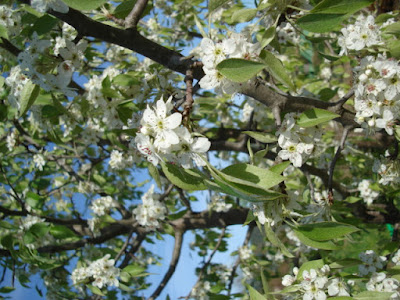
WALKING AND WAKE UP FELDENKRAIS
Most of us can walk. If we can’t walk easily, or suddenly have trouble, we realize how precious is this skill that so many take for granted. To walk on two feet, circus tigers and trained bears aside, is a uniquely human ability.
This ability is amazing. Try, as I often say, to make a sculptural model of a human being, two little feet way down there holding up this long body. It will topple unless you give the statue a huge pedestal base, or put a staff in the model’s hands. Then, with the kind of huge feet we don’t have (the pedestal solution), or with three legs (the staff solution), the model can stay up.
But, two feet are unstable. That means: a huge increase in mobility. It also means walking is easier than standing (we don’t need to go into that now, but think of it this way: since we are inherently unstable, falling forward from one foot to the next and that being what our walking is, is more what we are designed to do that stand stable on these two small feet of ours). It means that even walking is much more complicated than we realize, again until we have trouble, or if we have a neurological condition that makes the enormous learning which walking requires even more difficult, cerebral palsy or stroke for example.
So, how can the Feldenkrais Method and the Anat Baniel Method and Wake Up Feldenkrais come to our aid in improving our walking.
The same way these all come to our aid in improving almost any movement, or pattern of thinking, or even emotional state.
One, slowing down, we can start to discover what we take for granted. Two, with awareness, we begin to find connections and possibilities. Three, by going on a search instead of just cranking out the usual, we train ourselves to appreciate what we have and what might be possible.
So, just to walk more slowly (or rapidly, actually, a change from the habitual always helps see the habitual) we can begin to focus on just what IS this walking thing?
Elusive obvious: one foot is holding us up, while the other one swings forward.
Slow that down. Pick a stable foot and let the other foot go forward as if you are stepping forward. Which part of the moving forward foot will come to the ground first. When does the knee bend in this m.f. (moving forward) foot? Where does the swing in our hips come from? Where are our hips? Does this side of the pelvis roll forward or backward as the m.f. leg moves forward?
Reverse the usual. Now practice taking the m.f. backward, so it is a m.b. leg and foot, moving backward leg and foot. What can we discover about our hip joint here? What part of our foot touches first when we walk backwards? Which part of our middle helps this, our back muscles or our stomach muscles?
And now, begin to walk a bit around a room, or outside in some pleasant and interesting place. Notice the tendency of your arms. When your left leg comes forward, which arm likes to come forward? Try both possibilities: left leg forward and left arm forward, and left leg forward and right arm forward.
Walk some more and pay attention, one at a time, to your right hip, your right shoulder, your left hip, your left shoulder. What can you learn about walking from this?
Sit in a chair and “walk” forward and backward on that chair by lifting one sit bone and then the other and moving forward to the front edge, and then back to the back of the chair. As if your butt had two feet at the sit bones, “walk” back and forth and see what this call forth in your spine.
Will all this improve your walking?
Yes.
Will it help you understand how much more there is to learn about this amazing activity? Hopefully.
And another way to improve walking? Come to the mat discovery lessons, whether called Awareness Through Movement, or Transformation Movement Lessons, these lessons, usually on the ground and OUT of gravity, allow our brain to discover aspects and relationships that we might never find under that gravity and balance demands of normal walking.
SEE Current Classes and Workshops
So you are a miracle, and walking is a miracle, and learning and awareness can make both miracles even better.
No comments:
Post a Comment